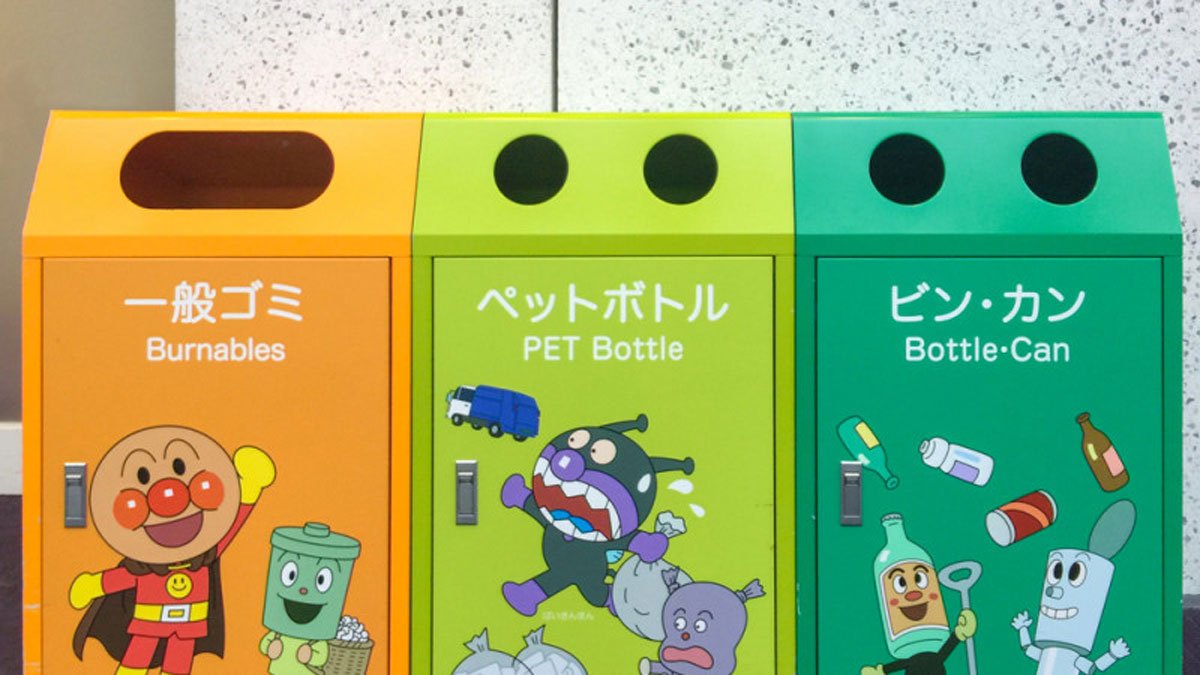The number of tourists visiting Japan continues to grow, which is why the amount of garbage on the streets is also increasing. To solve the problem, the authorities propose several approaches.
The seriousness of the problem is demonstrated by the government’s anti-overtourism package. Among the options is the promotion of little-known tourist destinations.
Also last week, about 20 new trash bins equipped with SmaGO technology were installed in the popular tourist area of Dotonbori in Osaka. The device uses solar panels for power supply. Plus, as it fills, the trash automatically shrinks by about 20 percent. The bins are also connected to a smartphone app that analyzes waste volume data and sends alerts to workers before it is full.
One solution to the problem is to increase the number of such smart tanks. However, some local governments, including in Osaka itself, remain opposed to such a decision. Because the presence of street trash cans, in their opinion, “actually makes the city dirtier,” because “the trash cans overflow and emit an unpleasant odor.”
As the publication notes, the problem of garbage is aggravated by the fact that Japan has many different types of street fast food. For example, you can buy fried octopus balls or fish-shaped pies filled with red beans.
Tourists who buy them are often unaware of Japan’s strict waste sorting regulations. It is clarified that it is not difficult for residents to take garbage with them in a bag to throw it away upon returning home.
Officials hope that tourists “will be more well-mannered and will take their waste with them (to throw it away, for example, at home or in a hotel) or at least return it to the place where they bought the food.”

